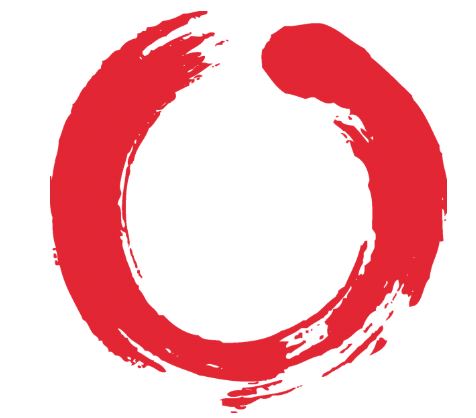Amy Edmondson, Professor of Leadership and Management at Harvard Business School and author of The Fearless Organization: Creating Psychological Safety in the Workplace for Learning, Innovation and Growth has spent her career trying to answer that question. What she’s learned is that organisations that prioritize psychological safety do it best.
This is a relatively short Curious Minds podcast at 36 minutes and well worth it.
Psychological safety isn’t a nice to have, it’s must have for excellence. Only in psychologically safe environments are we going to be able to energetically, and openly, and candidly work well together to get the job done.
Amy Edmonson
Psychology safety is a belief that it is absolutely possible, even welcomed, for you to speak up. For you to show up and be yourself. It is different from trust, in that trust is more about one-on-one relationships where as psychological safety describes a workplace climate. Moreover that psychological safety lives at the group level and may vary across groups within a organisation. Therefore psychological safety is heavily influenced by local leaders.
What I learnt
In their quest to uncover which traits accounted for the highest-performing teams, Google learned that, among five important traits, psychological safety was the single most important. Psychology safety underpins the top traits of the best teams – at Google. What Google discovered was that who is on the team doesn’t actually matter. What was critical was how the team functioned together.
Better teams do not make fewer mistakes or errors, they are in fact associated with making more. Why? Because they are more willing to report, discuss and learn from mistakes. One presumes because it is psychological safe to do so.
Remember 50% of employees identify strongest with their team compared to 25% each for both individuals and the company itself.
Be aware of…
Be aware of… where stretch goals (class performance targets) and low psychological safety as this combination can lead to compliance and the illusion of performance or success. The VW diesel engines software case is used as an illustrative example.
Be aware of… cultures of silence. Where front line services hold information back. For example, the nurse who decides not to question a worry or nagging doubt that a dose looks off, due to a lack of psychological safety or prior experience of being chastised for double checking. In schools, this relates well to the importance of actively promoting a vigilant and receptive culture around issues such as Safeguarding.
Build or underpin psychological safety?
If I am honest, I am not sure. Maybe it is both?
Solicit responses. (Underpin.)
Ask a good question. Create an opportunity for others to contribute. (Build)
As a leader, ask for help. (Build)
Manage yourself, manage your response when feedback is shared. (Build) Model how to receive constructive feedback. (Build)
Uphold these values. (Underpin)
Welsch reminds us to celebrate quick wins and be committed to sustained, long-term efforts to achieve meaningful and effective change. (Build)
Ask for feedback. (Build) Show you have received it and what you intend to do with it. (Build)
Challenge bullish leadership. (Underpin)
Thanks Gayle.



So glad you enjoyed the interview and found the information helpful, Kristian! Here’s a link to how Google has applied Edmondson’s work to their own teams by starting with a brief set of questions you can use with any team you lead to assess current state of psychological safety: https://rework.withgoogle.com/guides/understanding-team-effectiveness/steps/foster-psychological-safety/. Leaders can use it to gather baseline data and then have team members retake it over time to assess how they’re doing as leaders.
Thanks Gayle – will take a look at those two links. I have read about the Google study in the guise of a few contexts.
Pingback: Make meetings great | KristianStill